Insight & Strategy | Chanel 4: Super. Human.
How a UK broadcaster evolved its creative platform to challenge perceptions about disability and promote its Paralympics coverage
This article was originally published in Contagious I/O on 3 September 2021
Share this post
In July, UK public broadcasting network Channel 4 launched the third iteration of its Superhumans campaign to promote its coverage of the 2020 Tokyo Paralympic Games – a competition it has broadcast since the London Games in 2012.
The creative features British Paralympians across various sports, including swimmer Ellie Simmonds, powerlifter Ali Jawad, Boccia athlete David Smith and cyclist Jody Cundy, training and preparing for their events, set to the Bugsy Malone song ‘So You Wanna Be A Boxer’ to dryly amusing effect.
This year’s campaign goes further than just depicting the athletes’ talents and shows the struggles Paralympians have to deal with from childcare issues to tending to their injuries.
According to research commissioned for Channel 4 by YouGov and BDRC Continental, the broadcaster’s coverage of the London 2012 Games greatly shifted perceptions towards disabled people, as 65% of people surveyed at the time claimed that the coverage impacted their views towards those with disabilities. Moreover, 82% of those who participated in the study saying that Paralympic athletes were ‘just as talented’ as able-bodied Olympians.
Channel 4’s 2016 Rio Paralympics coverage and follow-up campaign (which nearly half of the UK population watched) continued to change views, with 59% of people feeling that it raised their perceptions of disabled people.
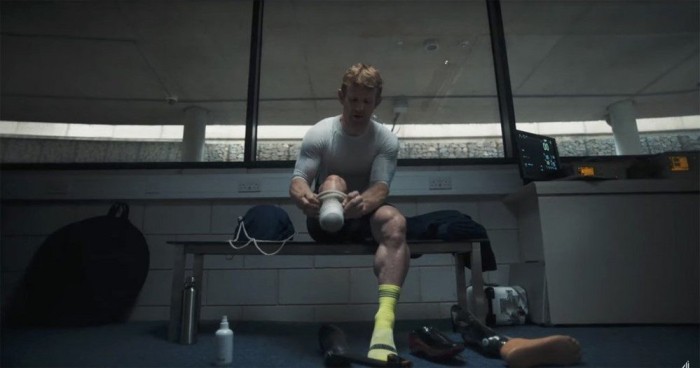
To find out more about how in-house agency 4 Creative approached the campaign, we spoke with deputy executive creative director Eoin McLaughlin. He said that:
- The challenge for the broadcaster has always been making provocative content that is accessible for mainstream audiences
- Channel 4 often creates content that discusses serious topics, but the organisation doesn’t like to take itself too seriously in how that content is presented
- Although Channel 4’s Paralympics work has helped shift attitudes and perceptions towards disabled people, the previous Superhumans work also perpetuated a new ‘Terminator-like’ stereotype of disabled athletes. The new campaign was therefore designed to humanise the Paralympians and the greater disabled community across the UK
What can you tell us about the Channel 4 brand?
Channel 4 is a public service broadcaster and we were set up in 1982 by the UK government with a brief to take bold risks and create content that other organisations wouldn’t. As well as our remit for taking risks, the other core aspect of what Channel 4 stands for is to give a voice to minority groups and represent different viewpoints. Whether that’s disabled people, ethnic minorities, gender, sexuality, location, income or any other kind of difference, we exist to be a platform for those people. That hasn’t changed since the 1980s and remains at the core of everything we do.
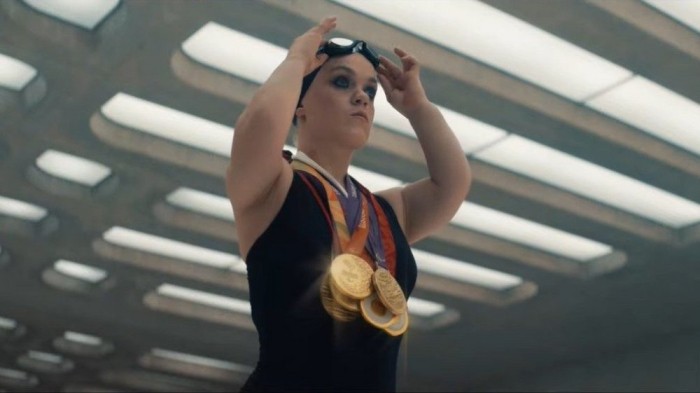
As a mainstream channel, our content needs to reach a mainstream audience. But we're trying to achieve this with content that's often very alternative, so how do you strike that balance?Eoin McLaughlin, 4 Creative
Who are Channel 4’s key competitors? Have its competitors changed recently?
You have the traditional channels of BBC or ITV, but then the global streaming platforms have drastically changed the entertainment landscape over the past decade. As Channel 4 has a very different proposition – both in the way that we exist and with the kind of content we produce – I don't know if we have one clear competitor.
Channel 4 made a big shift earlier this year, which is that going forward, all decisions made for the company would be in favour of our online platform. At a corporate level that was huge as there’s still more money to be made from advertising on traditional television. But that’s a decision that’s been made for the future and will be really important in competing with the emerging online platforms, which is where the industry is now shifting towards.
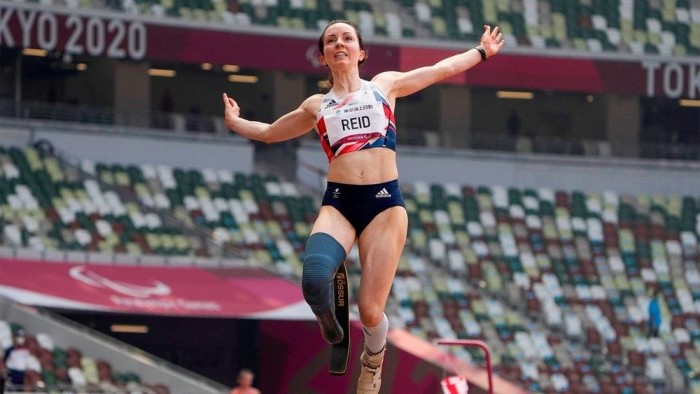
Who is Channel 4’s target audience?
Traditionally our audience has been young people. We still have the youngest viewing audience of the main UK terrestrial channels, but it's no longer young. A huge part of what we're trying to do at the moment is to make sure that we're reaching those younger people who have stopped watching terrestrial TV in a living room. That's generally been a problem for ITV and the BBC too, and Channel 4 is doing well, but we could be doing more.
What are Channel 4’s key challenges right now?
As a mainstream channel, our content on Channel 4 needs to reach a mainstream audience. We're trying to achieve this with content that's often very alternative, but if the content is too extreme, the mainstream audience may switch off. So how do you strike that balance? That’s the ultimate challenge we’ve been facing ever since Channel 4 was set up: how to reach a mainstream audience with progressive content without people feeling like they’re at school.
How important was Channel 4’s previous coverage of the Paralympic Games for the disabled community in the UK?
The Paralympic Games coverage from Channel 4 has been an incredible vehicle for raising the profile of disabled people and challenging the assumptions about disabilities. Twenty years ago, if you'd imagine a disabled person, you'd likely picture them as in wheelchair with a very sedentary lifestyle. In reality, 91% of disabled people are not in a wheelchair and disabled people are able to do anything the rest of us are able to do – the Channel 4 Paralympics coverage really helped start that conversation.
What was Channel 4 aiming to achieve with this campaign?
There were two aims we had with the campaign, the same that we always do with our Paralympics work. One, is to get people watching the Paralympics. And two, change attitudes around disability.
Did you receive a brief for the 2020 Paralympics campaign?
We held a kick-off for the campaign development a year and a half in advance of the Paralympic Games. For that session we discussed what had and hadn’t worked in the past, before evaluating the new opportunities there were for us to explore. We also watched gold medallist Ellie Simmonds train at the London Aquatics Centre before she helped us with the briefing. As a creative, what you want from a brief is the ability to take risks and have some kind of social purpose – that’s exactly what we had here with this 2020 Paralympics opportunity.
This time we thought, instead of focusing on the Super – let’s focus on the human.Eoin McLaughlin, 4 Creative
Did you conduct any research to help inform the direction of the Super. Human. campaign?
We had a proper period of insight gathering and strategy forming. We spoke with disabled people, 20 Paralympic athletes, disabled comedians, attended art exhibitions by disabled artists and even spoke to some of the journalists who had written articles critiquing the Rio 2016 Paralympics campaign. We also worked closely with Scope [England and Wales disability equality charity] during the strategy phase, hanging out with them at different events, such as a conference about representation of disability in the media they were hosting. Once we had landed on communicating the human side of the athletes, everyone we spoke to liked that direction, which gave us the confidence that it was the right creative route forward.
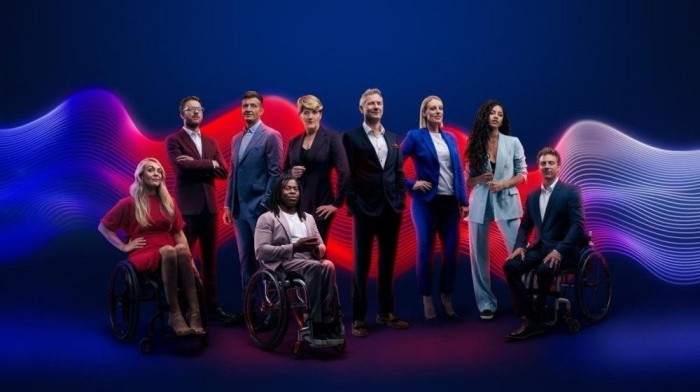
Channel 4 has been using the Superhumans creative platform since 2012, how has the idea evolved since then?
Subsequent to our Rio 2016 work, there were criticisms of the Superhumans tagline for the Games. Although that copy does challenge the preconceptions of disabled people, it did also help to introduce another stereotype of disability, this sports Terminator disabled person that’s part man, part machine and can run 100m in 10 seconds. These stereotypes ‘other’ disabled people and perpetuate the idea that ‘they’re different to me’. This time we thought, instead of focusing on the Super – which can be a force to ‘other’ disabled people – let’s focus on the human side.
The Super. Humans. creative flips negative words and phrases associated with disabilities – how did you navigate the use of this language to avoid offending anyone?
With the TV ads, I was really nervous sharing that line [‘To be a Paralympian, there’s got to be something wrong with you’] with the athletes. It's fine for them to make light of disability, but you do worry as an able-bodied person, have I potentially missed the mark here? But as soon as we told the athletes, every single one agreed that it felt authentic to them. The only people who worried about the line were people who were not disabled.
The Paralympic athletes are generally sick of talking about how they became disabled as a Sunday supplements sob story. They want to be in the sports section talking about their new record and what they’ve achieved. There isn’t a single shot in the ad that we chose because it shows disability, every shot was chosen because it reflected the extreme mental state you need to be an elite athlete. The reality is, to do that, you’ve got to be a bit mad.
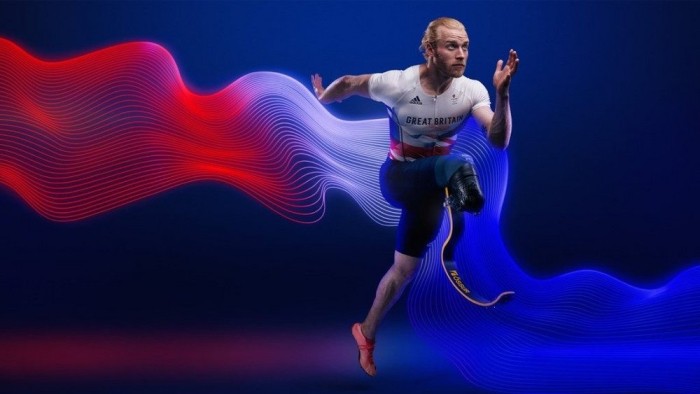
What results can you share thus far?
For the Seoul 1988 Olympic Games in South Korea, there was just a 15 minutes highlights reel of the Paralympics shown on TV in the UK. While for these 2020 Tokyo Games, Channel 4 have shown over 300 hours of coverage. In the first week, we reached 16.4 million people – that's 27% of the UK and the best audience we’ve had since London 2012. It was much better than expected.
It’s much harder to work out in terms of shifting attitudes, but we do often see a spike in people caring and thinking about more about disability following the campaign.
There is still an attitude that it’s a bit easier to get into the Paralympics. The idea that they’re not serious athletes is still prevalent.Eoin McLaughlin, 4 Creative
What did the media plan look like for this campaign?
We launched the campaign early, about two weeks before the Olympics, which was a long time before the Paralympics – almost two months. But we thought it was smart to advertise the games in that build up and then do another push when the Olympics had ended.
We launched with our three-minute Super. Human. spot with a roadblock [broadcast at the same time across all of Channel 4’s own network of channels] and it was seen by 3.5 million people. The full three-minute trailer went out over 80 times across the network, seen by 42 million people an average of 11 times. That’s 67% of the UK. The 2020 Paralympics is our biggest campaign of the year, with 81 different copy variants running in total across the 8-week campaign.
On social, athletes promoted the spot and we partnered with TikTok to create a bespoke Paralympics Hub on the platform. This showcased memorable moments throughout the games, including behind the scenes access, event and medals highlights with a split-screen 'reaction' format and a Q&A series with the athletes.
How did Channel 4 ensure that this campaign would be accessible for people in the disabled community across the UK?
Super. Human. was Channel 4’s most accessible campaign ever, with all TVC variants having signed and audio described versions placed within programmes that supported audio described and signed content. Also, during two ad-breaks within the Opening Ceremony and [panel show] The Last Leg the advert breaks were distorted to make them harder hard to see, demonstrating how it might look for someone with a visual impairment – with the audio description for these recorded by The Last Leg’s Alex Brooker.
Our guiding principle at Channel 4 is that we talk about serious stuff, but we don’t like to take ourselves too seriously. Having a sense of humour closes the gap between two people faster than anything else.Eoin McLaughlin, 4 Creative
Super. Human. also featured a print campaign. What can you tell us about the strategy behind those ads?
We discovered that for some events, the Paralympians actually outperform the Olympians. For Rio 2016, three Paralympians ran the 800 metres faster than in the Olympics. On the day of the 800 metres final we ran a newspaper ad that said ‘Like the Olympic 800 metres, but faster’. Likewise, the marathon is completed in about 90 minutes because it’s a wheelchair marathon. So on the day of that event we ran another ad saying ‘Sub two hour marathons? We do those sitting down’.
When we spoke with the British Paralympian Association, they told us that sometimes recently disabled people will call up and say ‘I’ve just become disabled, I’d like to play table tennis for Great Britain’. That’s obviously an extreme example, but there is still an attitude that it’s a bit easier to get into the Paralympics. The idea that they’re not serious athletes is still prevalent. What we really liked about these press ads is that it couldn’t be more black and white that these people are fucking amazing and not just anyone can compete against them.

There is a lot of humour across the multiple touchpoints for Super. Human., why was this light tone right for the campaign?
Our guiding principle at Channel 4 is that we talk about serious stuff, but we don’t like to take ourselves too seriously. Even if we’re talking about something like disability, or whatever sensitive subject matter it might be, having a sense of humour closes the gap between two people faster than anything else. I’m proud that the Paralympics work has a sense of humour, and in a way, that humanises the athletes to make them less ‘other’, which was our main objective with this work.
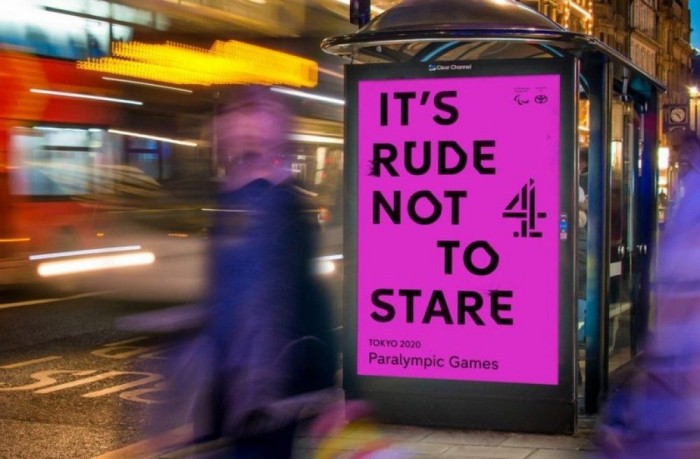
How did the Covid-19 pandemic and the Tokyo Paralympic Games being shifted a year affect the production of this campaign?
We were only three weeks away from shooting the film in 2020 when Covid struck. It was a real kick in the balls and we just had to keep our fingers crossed that the Olympics and Paralympics were going to go ahead in 2021. Credit is due for the financial folk at Channel 4 who never once said ‘Hold on, we don’t think we should spend this money on something that might not happen’. We decided that even if the Paralympics didn’t go ahead, we were still going to make the film and have it be a tribute to all the hard work the athletes had put in for preparing for the games. That was a really brave decision.
Channel 4’s Paralympics work has been lauded by the industry since the first creative in 2012, what impact do you think this body of work had on inclusive and accessible-driven marketing since then?
It was a real blast out of nowhere when Channel 4 decided to create that spot for the 2012 London Games and depict disabled people in the same light as able-bodied people. It's easy to look back now and not see the power in it. But at the time, that ad was incredibly groundbreaking – making disability cool in a way that had never been done before. What I hope we’ve achieved this time is making disabled people feel more human, which feels just as groundbreaking.
What you notice with a lot of that award-winning inclusive and accessibility work is that they often have a very similar tone of voice. The case study has the same plinky-plonky piano music and conveys itself as very worthy. It’s amazing that brands care more about social purpose, but just because they’re talking about something serious doesn’t mean they have to be taking themselves seriously in terms of how it’s executed.
What has been your single greatest learning from this campaign?
I felt a huge amount of pressure on this project. I know we all get that imposter syndrome from time to time, but I definitely did feel like there's no way this can ever be as good as the previous Paralympics work we’ve done. ‘I'm going to get found out, people are finally going to discover that I can't do my job, it’s going to be really embarrassing and I’m not just going to let myself down, but 4Creative and all the Paralympians too.’ My key learning is just to trust the process and your own judgement more, because that’s really all you have to cling to when you’re doubting yourself.


